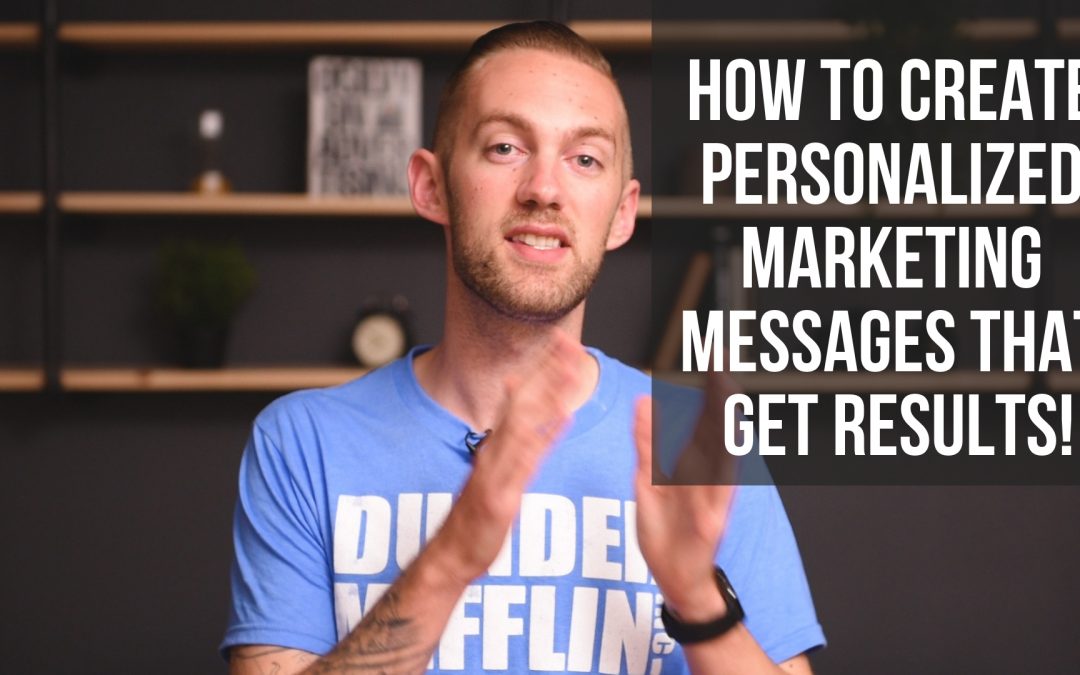
How to Create Personalized Advertising and Marketing | Audience Segmentation
If you’ve done any advertising on social media platforms such as Facebook, YouTube, or LinkedIn you know how powerful these ad platforms can be for delivering your messages directly to your target audience.
With traditional advertising (like TV, Print, and Radio) you have very limited options when it comes to who you can target with your ads. Usually, this is based on location, age, and a few other options.
Still, there’s no guarantee that the people you are reaching are in your target audience.
Online advertising brings powerful targeting capabilities
Now, with current social media platforms, it seems that the options are limitless. You can target based on simple demographic choices such as age, location, and gender.
But there are even more powerful (and precise) ways of targeting. You can also choose your audience based on interests, job roles, income ranges, lifestyle habits, and a number of other options.
This means that your marketing and advertising budget will be maximized and not wasted since you are only serving your message to the people who would benefit and likely be interested in what you offer.
But it doesn’t stop there.
Get more results by segmenting your audience and creating personalized content
Now that we know you can choose exactly who to target your ads to, it’s time to get more creative about the ads that you are showing.
Gone are the days of creating one video or one marketing message and blasting that out to all of your potential customers or potential clients.
Instead, what you should be doing is segmenting your potential clients and customers into different groups and creating very personalized creative messages to each group that will resonate with them much more strongly.
The best way to explain this is by giving you examples.
B2B Example
So let’s say you’re a B2B business, so you’re trying to reach other business owners. Maybe you’re a SAAS, or insurance agencey, or similar.
I would think about who are your top two to three industries or types of businesses that you tend to focus on and create specific messages for each industry.
So for example, let’s say maybe you serve three industries: Healthcare, Construction, and Financial Services.
Instead of creating one blanket message and blasting that out to all
of these industries and hoping that it drives results, what I would do is create three separate messages. These could be ads, these could be pieces of content, blog posts, videos, etc, and I would make sure that they’re catered to these industries.
Then as we spoke earlier about the power of targeting on these modern advertising platforms. You would make sure that you’re serving your healthcare focused ad directly to the health care industry, construction directly to the construction industry, and finances.
This strategy even works with cold emailing. Check out our post on using personalized video to improve your cold email response rates.
B2C Example
But this obviously it doesn’t just apply to B2B. This also applies to B2C if you’re selling directly to consumers.
Let’s say you’re a lifestyle brand. Perhaps you sell a fitness product or health supplement.
So maybe you start with these three segments: Moms, Fitness Enthusiasts, and Working Professionals.
Again, you would create three different creative pieces of content and target each audience segment respectively.
Make sure that these messages are very tailored. So the one for moms might be a video featuring a mom using your product or using your supplement.
Now when you think about it and you combine the power of creating very personalized messages, segmenting your audiences, and serving those to those segments directly, you’re going to get a lot more results out of your marketing because it’s very personalized.
I hope you found this tip helpful. I hope more importantly that you actually take it, implement it, test it, see how it works for your business.
If you found this useful, share it with someone else who might find this helpful for their business.
